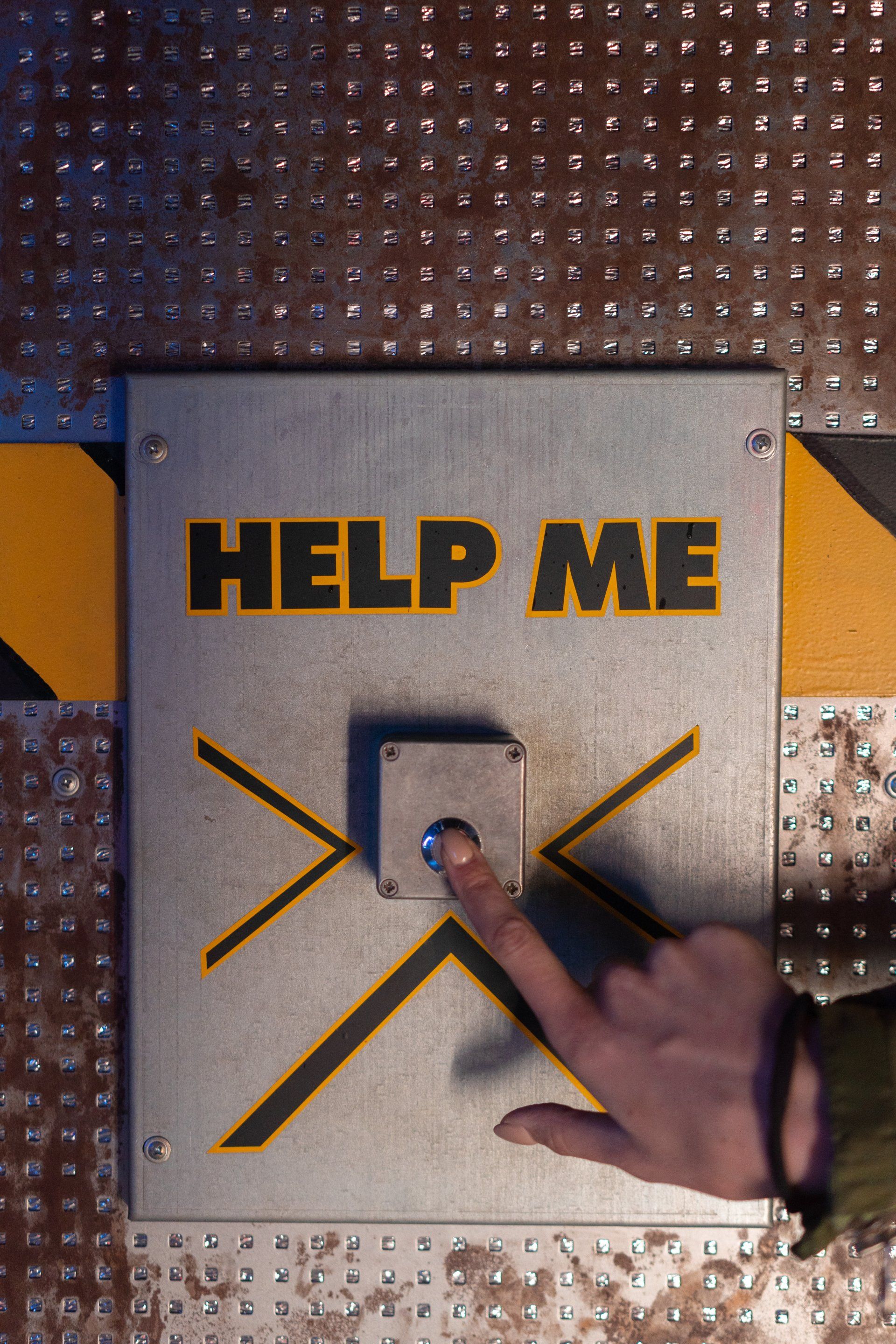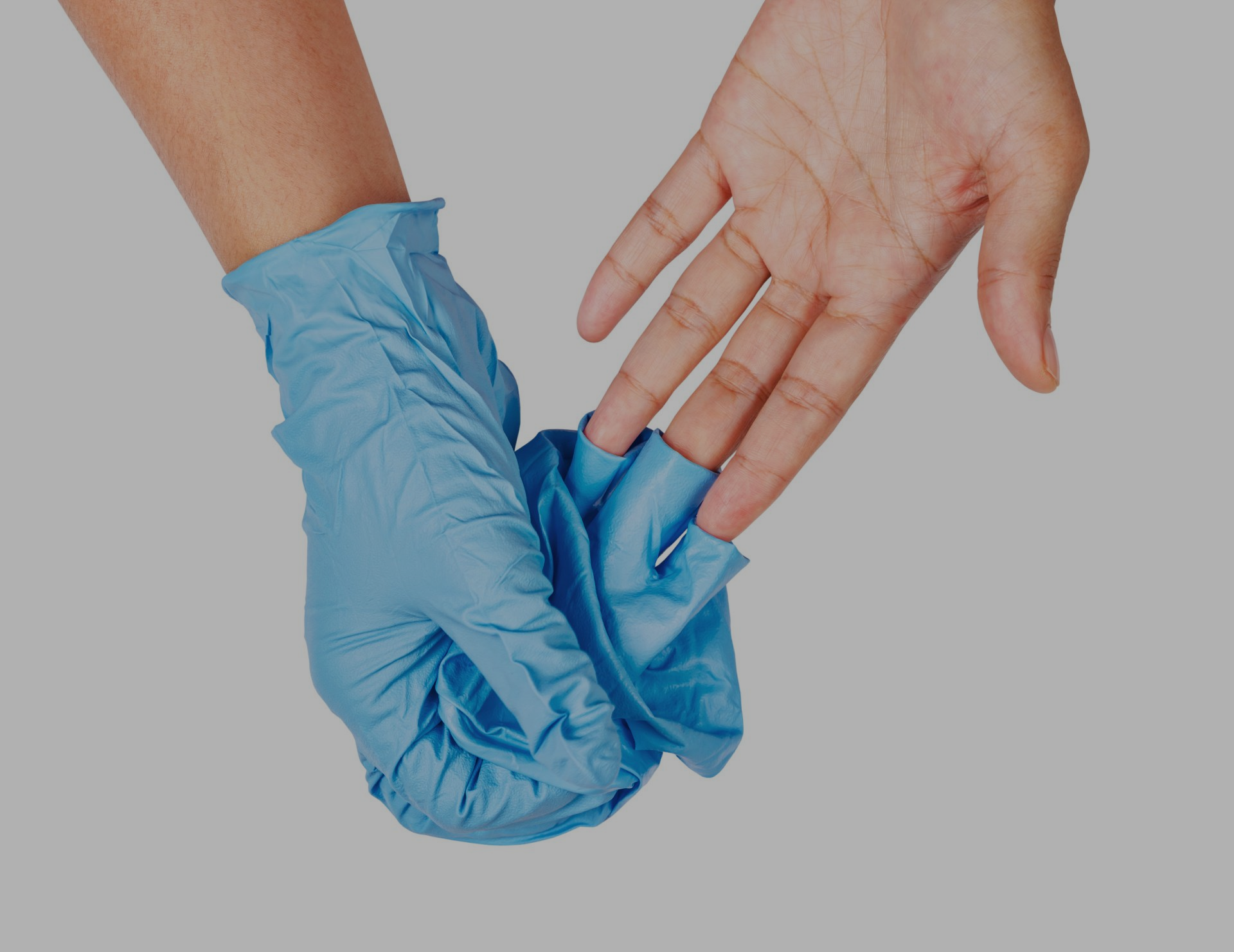Supplies Made Simple™: Talk to our Sales Team today!
Going Back to School Amid Covid-19
Providing children with a safe and healthy learning environment has always been a top priority among communities. However, with the Covid-19 Pandemic, different kinds of challenges regarding the safety of students have presented themselves, leading governments all over the world to reassess traditional educational structures.
As school systems have had to pivot from in-person learning, alternative teaching methods such as online sessions and module-based curriculum were rolled out all over the world in order to ensure that students are still given the right to continue their education.
As quarantine restrictions are slowly easing up around the globe, the question of returning to classroom learning is now being considered, especially now as more and more people receive the Covid-19 vaccine.
Role of Schools
Some people may ask the question of why countries are in such a rush to send children back to regular schools. To put it simply, schools have long provided children and adolescents advantages that go beyond just academic learning. The institution has been a safe ground where they develop social and emotional skills. It is a place where they get mental health support and counseling without having to pay extra fees. Schools are also a place where children can access salutary meals and other needs such as Internet connection and books without having to shoulder unnecessary costs.
The reality at the moment is this: with the closure of schools for the past year, many children and adolescents have fallen victim to a number of negative and unfavorable emotional, mental, and physical situations. This is among the main reasons why going back to in-person learning is being strongly advocated, but of course within the proper guidelines corresponding to the Pandemic.
Children and Transmission of Covid-19
Based on the cases submitted and analyzed by the World Health Organization, the role of children in the transmission and spread of Covid-19 is yet to be understood. Kids over 10 years of age to teens are more likely to develop an infection and transmit it to the community compared to younger ones. Children below this bracket have fewer symptoms and milder illnesses that sometimes cases go unnoticed. Overall, children and adolescents represent about 8% of reported cases, which is around 29% of the global population.
Not to downplay the statistics, children with underlying conditions are at a higher risk of developing serious illnesses. One of which is the Multisystem Inflammatory Syndrome (MIS-C) which is a rare inflammatory condition paired with fever and occurs within 2 – 4 weeks after the onset of Covid-19.
Although there is a remarkable recovery rate with treatment, the chances of death should not be discounted.
It has been found out that available (but still limited) data suggests that SARS-CoV-2 susceptibility rate rises with age.
Factors to Consider When Reopening Schools
The decision for schools to reopen, remain closed, or partially closed is relative to a risk-based analysis with full consideration to maximizing the educational, well-being, and health benefits of not only children, but also the teachers, school staff, and the community where the school is situated. It should always be noted that reopening the schools should not contribute to the chance of sparking an outbreak in the community.
Below are some points that should be thoroughly evaluated:
- The current epidemiology or the study of the distribution and determinants of Covid-19 at the local level. The results may vary depending on which location it is being conducted in.
- How is the rate of detection of new cases and the current response time once an individual is identified to have tested positive?
- The capacity of educational institutions to operate safely.
- The collaboration and coordination of the educational institution with local public health authorities
- How do schools educate families on proper safety protocols? What is the most cost efficient and safe way to source quality PPE or testing and distribute to it’s families that they service.
- The pros and cons, and most importantly the risks to children, faculty, and staff should the institution open that need to be evaluated include the following:
- The speed and intensity of transmission within the community where the school is located and if re-occurrences of outbreaks may occur
- The overall effect of school closure on education, general health and well-being, and on a vulnerable and marginalized population
- Effectiveness of remote learning strategies
Preventive and Control Measures to be Put in Place
The safety of children, their families and the school district staff should always be the top priority in the discussion of school reopening. Several requirements should be put in place to cease the introduction and spread of Covid-19 in schools and eventually into the community. There should also be special provisions to consider for family environmental exposure, early childhood development, residential schools, specialized institutions, and higher learning education.
Prior to opening up classrooms, the WHO has set guidelines that educational institutions should follow to ensure that the possibility of an outbreak is lessened, if not eradicated.
- Revisiting the policy, practice, and infrastructure of the institution
- There should be a clear and solid policy in place that will protect the health and safety of all individuals in the academic institution, giving special consideration to people with a higher risk of catching the disease. Necessary resources and infrastructure should also be ready even before the school year begins.
- Hygiene and safety practices at the classroom and school level, as well as when the children are home and could be exposed.
- Schools should first and foremost take special time to educate the staff, as well as the students and their families on Covid-19 prevention measures. Ample time should also be allotted for the daily disinfection of the school equipment, paying particular attention to frequently touched surfaces and PPE supplies sourced and distributed at a medical grade quality. There should be an abundant availability of hand hygiene.
- Ventilation cleaning measures should be implemented to limit exposure. Everyone is to comply in wearing age-appropriate masks at all times regardless of which part they are in the school and immediately notify staff if anyone is exposed to someone with Covid so that appropriate quarantine procedures can be implemented. The physical distancing of three feet between all individuals, including seats in the classroom, the lunch area, the auditorium, and all other areas in the school should be maintained. A widely spread schedule should also be devised to avoid crowding on the school premises.
- Screening and care in the event of students, teachers, and other school staff being sick
- Should anyone in the school feel unwell, a policy should be enforced wherein they are obliged to stay home without having to worry about presenting a doctor’s note. A checklist should also be created for students, parents, and staff wherein they can indicate their decision to go to school or stay home provided the current local situation. There should also be a mandatory 14-day quarantine to anyone who has been in contact with a Covid-19 positive individual and available options for screening upon return and an onsite quarantine protocol and area for someone presenting symptoms when on site. On site testing options for quick results are imperative for best decision making that are age appropriate.
- Protection of high-risk individuals
- Schools should prioritize identifying staff and students who are at a higher risk of infection. These are individuals with pre-existing medical conditions, elderly or are exposed to individuals on a regular basis that meet this criteria. The institution should provide a game plan to maintain their safety such as physical distancing and the provision of specialized medical masks, testing, temperature and symptoms checks before entering school premises.
- Open communication between parties related to the educational institution
- Schools should always keep parents, students, staff, and all other stakeholders in the know about the current situation of Covid-19. Everyone should be informed about the safety measures being implemented to secure support and solicit collaboration whenever necessary, as well as current updates and new strategies being implemented.
The fight to ensure the safety of everyone does not stop once the schools have gained the clearance to re-open. As long as the pandemic and the threat of Covid-19 are still present, everyone should consistently and tirelessly implement, revisit, re-develop, and modify guidelines towards the common goal of providing everyone a safe environment for learning.






